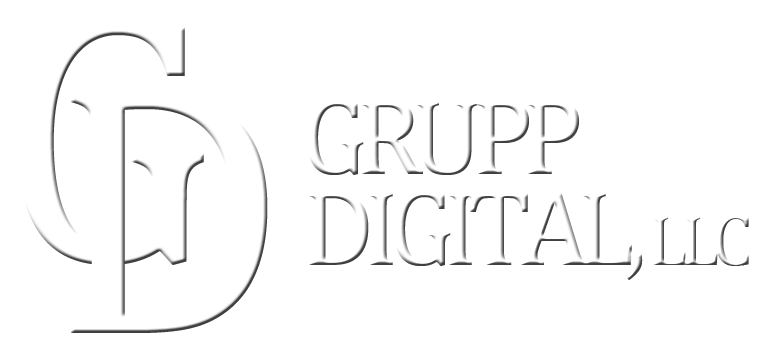What is a risk management framework? What are the most common?
Risk management is an essential part of any organization's overall security strategy. It involves identifying, assessing, and mitigating potential risks that could harm an organization's assets, reputation, and operations. A risk management framework is a structured approach to managing risks, and it can help organizations better understand and manage the risks they face. In this blog post, we will discuss what a risk management framework is and some of the most common frameworks used today.
A risk management framework is a set of processes and tools that organizations use to identify, assess, and mitigate risks. It can help organizations understand what risks they face, how likely they are to occur, and what impact they could have. It also helps organizations prioritize their risk management efforts and make informed decisions about how to mitigate risks.
One of the most common risk management frameworks used today is the NIST Cybersecurity Framework (CSF). The NIST CSF is a framework developed by the National Institute of Standards and Technology (NIST) in the United States. It provides a common language and framework for organizations to understand, manage, and improve their cybersecurity risks. The NIST CSF includes five core functions: identify, protect, detect, respond, and recover.
Another common risk management framework is the ISO 27001. It is an international standard that provides a comprehensive and systematic approach to managing sensitive information. It covers people, processes, and technology, and provides a framework for implementing, maintaining, and continually improving information security.
Another framework is the CIS (Center for Internet Security) Controls. It provides a prioritized approach to security, focusing on the 20 most critical security controls that are essential for protecting organizations from cyber threats.
Another framework is the COBIT (Control Objectives for Information and related Technology) which provide a framework for managing the governance and management of enterprise IT. It focuses on the processes and activities that are essential for the effective governance and management of enterprise IT, including security management.
In addition to these frameworks, there are many other risk management frameworks that organizations can use, depending on their specific needs and industry.
It's important to note that regardless of the framework an organization chooses, it should be tailored to the organization's specific needs, risks, and resources. It should also be regularly reviewed and updated to ensure that it remains effective in addressing the organization's current and evolving risks.
In conclusion, a risk management framework is a structured approach to managing risks that can help organizations better understand and manage the risks they face. The NIST Cybersecurity Framework, ISO 27001, CIS Controls, and COBIT are some of the most common risk management frameworks used today. Organizations should choose a framework that best fits their specific needs and regularly review and update it to ensure it remains effective in addressing their current and evolving risks.

